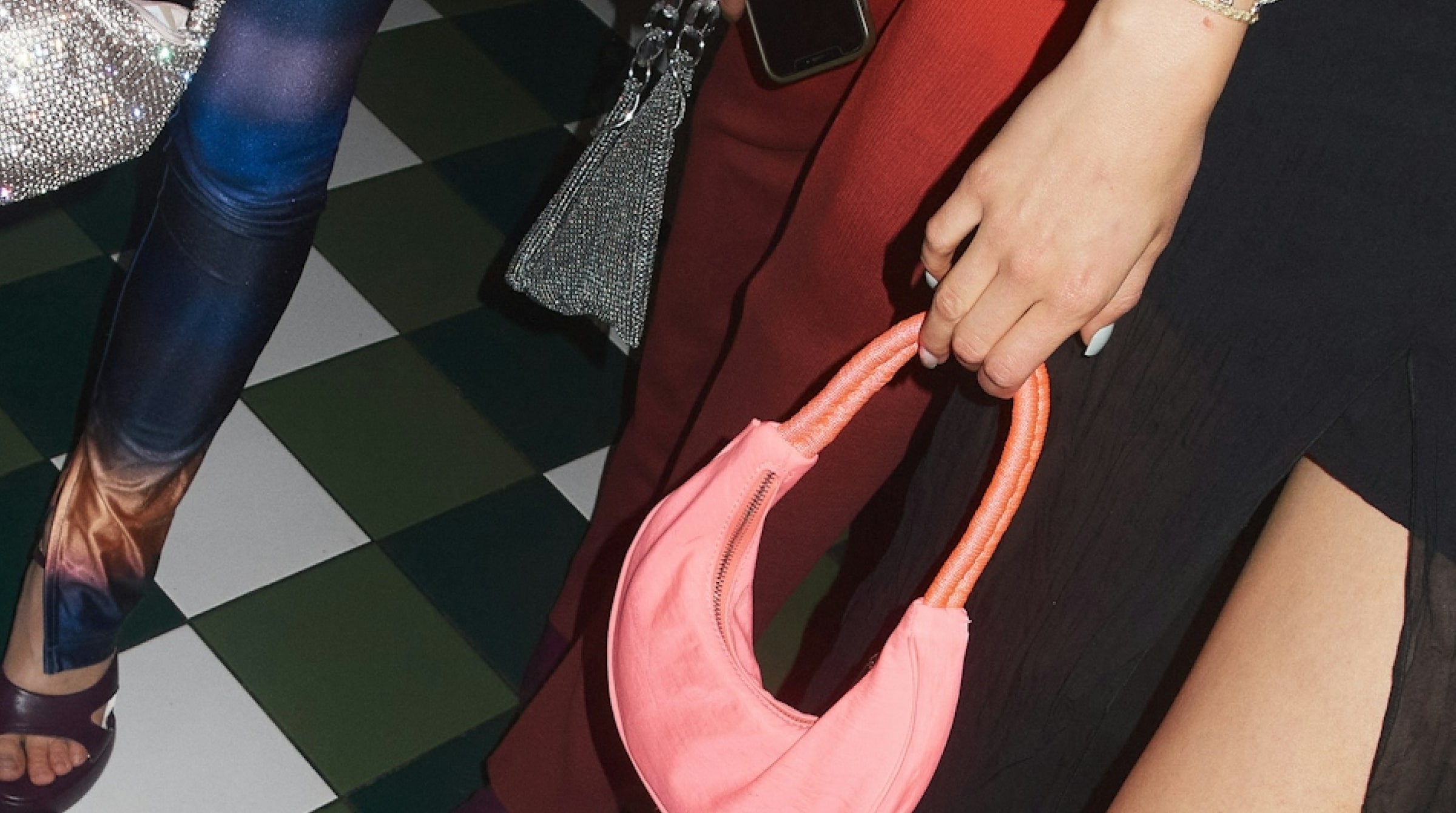From amateur runners analysing their gait to tweens comparing colours of blush, physical stores are back, baby.
For decades, commerce brands have been shifting their strategy to online channels. And while those channels are still a defining piece of the puzzle, there are compelling reasons to re-focus on your physical locations.
It’s not that e-commerce growth is faltering. Online purchases will continue to grow as consumers embrace the convenience of one-tap shopping.
However physical stores offer both consumers and brands something that digital channels can’t.
For consumers: An experience and community; for brands: insights and innovation. And when you combine this with connected digital channels, you’ve got something special.
As brands seek to draw in the public, in-store experiences have begun to evolve beyond transactional spaces. Less “store” and more “connected, immersive experience.” Your physical locations can attract new consumers who want to explore, learn, test products, and have some fun.
The rise of experiential retail
Ever been to a Lululemon pop-up yoga class? Or climb the rock wall at REI?
These kinds of experiences offer consumers something beyond a trendy crop top (that already has several dupes on Amazon). They bring consumers into their space, encourage interactions with products, encourage interactions with employees (read: brand ambassadors), and create a sense of community. All of these equate to new, memorable experiences that consumers can’t get online.
By offering creative, interactive experiences, you better share your brand story, foster emotional connections, and drive customer loyalty in this highly competitive market.
Not to mention the data aspect of it: learning more about your customer’s IRL habits helps you make better business decisions, personalise digital content, and nurture relationships.
Here are some other notable leaders in experiential retail:
- Nike: The ultimate experience brand, Nike, is upping the ante again with digitally connected stores in Seoul, London, and Miami. Rise features a new, in-store digital storytelling platform that “visualises local sport, city, and athlete data to create one-of-a-kind content within the store.” It also boasts online-to-offline services like digital returns, curb side pickup, scan to learn, and buy online pickup in-store.
- Peloton: You can’t even buy a Peloton at Peloton, they have no inventory. Instead, they use their 300-square-foot microstores as a brand entry point and educational experience. After testing a Peloton bike or tread, consumers can have one shipped to their house.
- Sephora: Naturally, makeup stores lend themselves to the “test me!” experience that consumers crave. Sephora is one of the most successful makeup retailers in the world, with makeup pros on staff to recommend and show proper usage. By offering both digital and physical ways to explore products, consumers are more likely to splurge.
Competing beyond convenience
In a world dominated by e-commerce giants like Amazon, brands need to find alternative ways to compete. Convenience, price, and two-day shipping are no longer compelling differentiators.
Instead, you should focus on expertise, experience, and brand storytelling to captivate audiences. When you expand your objectives beyond bottom-of-funnel conversions, you can prioritise personalised experiences, leverage technology that enhances the customer journey, and collaborate with customers to co-create products.
With a thoughtful blend of digital and in-store media, you can tell your story to bolster brand loyalty and trust. Trusted brands outperform their competitors by up to 400%. Plus, customers who trust a brand are 88% more likely to buy again. After securing loyal repeat customers, mass-appeal retail platforms aren’t nearly as do-or-die.
Dicks, known for community sports development and kid’s programs, now has several House of Sport concept stores that go well beyond selling mitts and cleats. A “place to connect and play,” House of Sport helps consumers reach the top of their game via demos, spaces to run, and connected technology. Consumers could order a new football from Amazon in two seconds. Dick’s is betting that football enthusiasts will enjoy coming in-store to compare different spirals first.
A wealth of data
Beyond competing on story, there are many insights to glean from in-store shoppers.
Market research, foot traffic, customer behaviour, buying patterns, and product issues can all help you innovate, prioritise, and optimise products. And, of course, the first-party data that will continue to round out your consumer profiles and audience segments.
When you see customers interact with a product, it could unlock insights that you can’t get with an online transaction. Why did they pick it up, and why did they put it down? What questions do they ask sales reps over and over that you didn’t think about?
Take Fabletics, which uses its physical locations for market research and merchandise testing. A while back, they learned that size XS and XXS leggings weren’t converting well despite strong in-store try-ons. After analysis, they discovered that the item’s design was flawed and affected the fit. Making the change in production allowed them to increase XS and XXS legging conversions to 85%.
And then Ulta, who used data to redesign its in-store experience. Originally, they separated budget and prestige brands, thinking consumers would want one or the other. With consumer data, they found that users preferred to shop by category, not price point. This resulted in a complete redesign of the floor layouts and helped contribute to 18% revenue growth.
Get in loser, we’re going shopping

While aesthetic decor and yoga classes get consumers into your store, the right technology and data collection is what will ultimately let you leverage those experiences.
Today, you can deploy apps, e-commerce platforms, marketing tools, and AI to create personalised shopping experiences that blend digital with physical, creating opportunities for seamless and personalised experiences.
- When visiting certain Nike stores, users can scan a mannequin’s QR code to see products that make up a fit, plus where to find them online and off.
- Don’t have a size L in stock in store? Fabletics will automatically add the correct size to your online cart.
- Need a specific fill valve? Home Depot’s app guides you to the exact aisle and bin in your local store.
These digitally-connected activities are possible with the right platforms and system integrations. And beyond the coolness factor, they offer immense value.
And a final note: as you start integrating your online and offline experiences, let customer experience lead the way. Rather than fixating on optimizations and data collection, align your technology with what your consumers love and how they want to shop.





